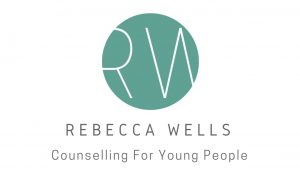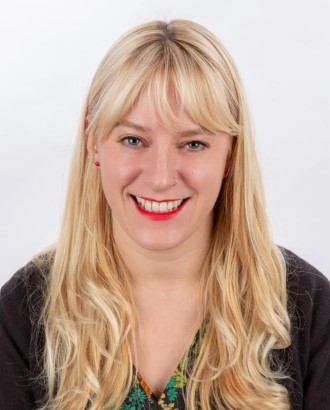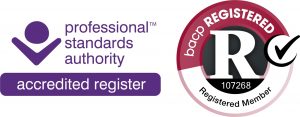There are numerous therapeutic modalities which offer a way of understanding a client’s emotional world, and help the counsellor develop a method of supporting the client in moving forward.
As an integrative therapist, I take theories and ways of working from different therapeutic models and ‘integrate’ them in a way that meets my client’s needs. Needs can vary from session to session and even within a single session. Such needs might be ‘exploring a challenging childhood’, or ‘destructive ways of behaving’, or ‘the physical symptoms of anxiety’ etc.
A strong therapeutic relationship between counsellor and client allows the healing work of therapy to take place. Carl Rogers, person-centred theorist, saw this developing around empathy, offering unconditional positive regard and being congruent at all times. I trained in Petruska Clarkson’s ‘5-relationship model’ where 5 phases can occur in the relationship between counsellor and client:
- The Working Alliance is about agreeing the contract for therapy – goals of therapy, when and how often will you and your therapist meet, how much will you pay, confidentiality rules etc and developing trust so the work can occur.
- The Transferential Relationship, taken from the Psychodynamic model, is about the moments when either client or therapist feels reminded of someone else in their life. The client might think the therapist sounds like their mother or a former partner, someone from the past or someone in the present. We can act on these feelings without realising we have them. An important part of the therapy can be bringing these feelings into conscious awareness, for both therapist and client.
- The Reparative Relationship, influenced by Self Psychology, is sometimes known as the ‘Re-parenting Relationship’. It can be very powerful to learn what it is like to have a positive experience of being nurtured emotionally and, when it is needed, of being supported when things go wrong.
- The Real or Person to Person Relationship, Person-Centred model, is about relating in the present when we feel safe and trusting enough to let our masks drop and to reveal our true self. It can be a deeply healing and powerful experience when acknowledged and respected by the therapist.
- The Transpersonal Relationship is probably the most challenging of the 5 relationships to define. It covers spirituality, faith, life values, dreams and meaning. It can also include ‘light bulb’ moments when suddenly things become clear and spine-tingling moments of synchronicity or coincidence between therapist and client. Transpersonal moments often give rise to a feeling that there is purpose and meaning behind events or experiences and that life is not ‘meaningless’ after all.




